Alternative Lending
Alternative lending is also referred to as B lending but is not Private lending.
Alternative lending is used as a daily financing option for clients within the brokerage and has gained a lot of traction year over year as the government tightens qualifying guidelines year over year.
A lot of traditional or charter banks have an alternative lending division. These alternative lenders will always require 20% down payment at minimum and do not have the ability to offer an insured (high ratio) mortgage.
These alternative lenders do not have the same qualifying criteria or guidelines that the traditional banks have, and therefore can often be more creative in how they review an applicants income and credit. They are often referred to as the common sense lenders and they do have a higher risk tolerance than the traditional banks.
Based on that, they will charge higher interest rates for their mortgages and they do charge a lender fee. This fee is lender and file dependent. We generally see shorter terms in the alternative lending space where borrowers typically select a term between a one-year and a three-year option. Quite often an alternative mortgage can be used as a steppingstone for someone to get back to a traditional bank if that was their goal.
As a Brokerage, the most common applications that are submitted to an alternative lender, are those with unique types of income or self-employed borrowers, and our applicants with bruised credit.
For our self-employed customers, alternative lending can be a great solution as they will take a more holistic approach to verifying income with taking a heavy consideration of an applicants business earnings, not just the income that was drawn on their personal tax returns.
